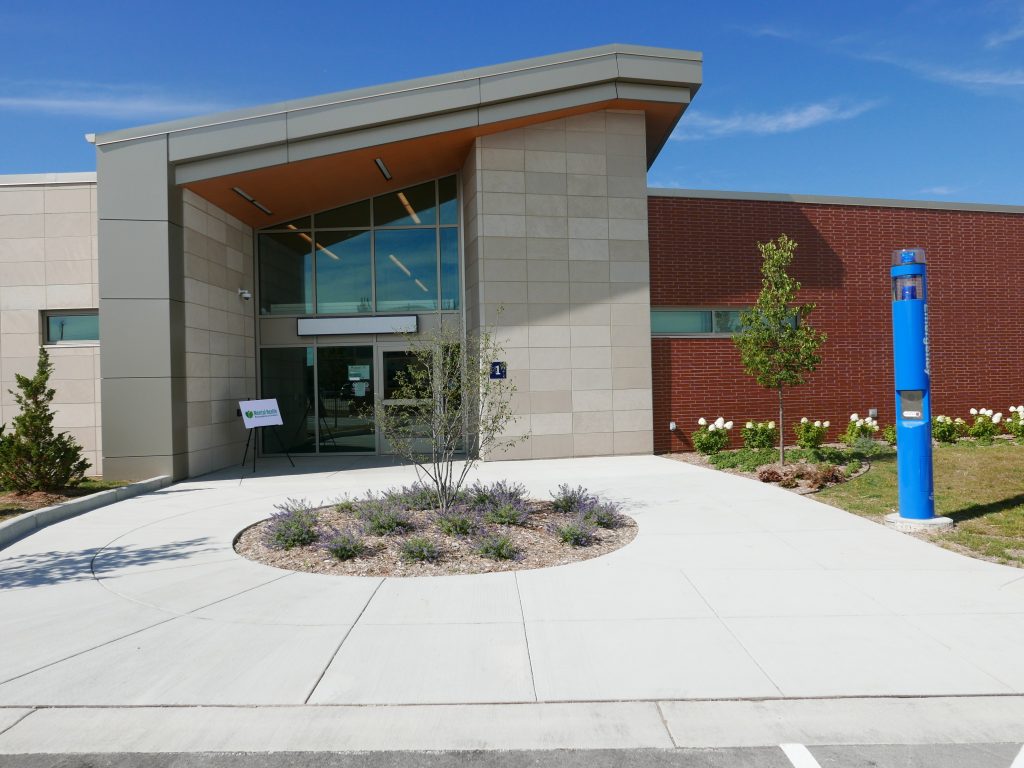Report Finds Holes In County Substance Abuse Program
Wisconsin Policy Forum recommends using opioid settlement funds to revitalize system.
A new report by a good-government think tank looks at drug and alcohol abuse services in Milwaukee County and finds a lack of coordination between the many parts of the system and gaps in service, but also an unprecedented opportunity to remedy the issue.
The report by the Wisconsin Policy Forum, titled Road to Recovery, focuses on the substance use disorder services offered by Milwaukee County Behavioral Health Services (BHS) and how it interacts with the array of private healthcare systems and treatment providers in the county. Notably, the report argues that the recent settlement with manufacturers of opioids provides a unique source of funding for addressing the service gaps and structural problems with substance abuse services.
These funds will be paid out over a period of 18 years and are supposed to be used specifically on abating the impact opioid addiction in the community. The policy forum notes, “BHS’ current opportunity to invest opioid settlement dollars could allow it to play the lead role in building a coordinated and comprehensive treatment and recovery system.”
The report focuses on the two key systems for substance abuse treatment in the county called Community Access to Recovery Services (CARS) and Comprehensive Community Services (CCS). Each are managed by BHS and largely work to connect patients to resources and programs.
The report noted the majority of people seeking substance abuse treatment through the county were referred to services through CARS. Meanwhile, CCS offers a wider range of clinical and non-clinical services that address the holistic needs of clients and support them in improving their overall quality of life. Officials say the major barrier to referring more individuals to the CCS network is that the providers lack the necessary workforce. It also can take several days or weeks to enroll someone in CCS programming, which can lead to someone being discharged from a detox center back into the community before they can be enrolled in the services.
Better Coordination Needed
A key finding of the report is that there is a lack of coordination between the county’s BHS and the network of private providers and health care systems, and even among the private entities themselves. “A common sentiment is that current services are delivered not as part of a coordinated system of care, but as a fragmented and incomplete array of services by dozens of providers who operate largely in their own respective service lanes,” the report notes.
The expansion of health insurance coverage through the Affordable Care Act, and changes in how providers can bill the federal government for Medicaid reimbursement means that BHS is less involved in directly paying for and providing services. Rather, the county’s main role is developing a network of providers to which it makes referrals.
Substance abuse specialists from major health systems in the area, including Ascension, Advocate Aurora and Rogers Behavioral Health, told the policy forum there is little to no coordination between the county and these systems on patient care. “One cited the lack of care coordination that occurs after patients are discharged and said it would be beneficial to work with BHS to ensure that such individuals are not simply given a phone number or two for outpatient or other service providers and instead ensure that real follow-up occurs.”
The county agency, the report notes, used to play the role of “gatekeeper” for those seeking residential substance abuse treatment. The report suggests the county needs to invest in the people and infrastructure necessary to rebuild the county’s central role in coordinating substance abuse services throughout the county and to keep track of capacity, patient care and facilitating coordination between the many providers in the region.
“BHS’ changing role in SUD services has created a potential weakness in the system, in that BHS no longer has the ability to track many of the other services being provided to its clients,” the report stated.
Gaps in Service
The money from the opioid settlement also represents an opportunity to fill in some of the gaps in existing resources and funding. These gaps are in part created by an imbalance in demand and supply of residential treatment services and, in some cases, by rules attached to state and federal funding sources for substance abuse programs.
One example highlighted in the report is the Temporary Assistance for Needy Families (TANF) program, which is the largest single source of funding for the approximately $12 million county budget for substance abuse services. But TANF only covers low-income women and men with children and BHS often has trouble allocating all of its TANF money; meanwhile, it struggles to find sufficient funding to provide services for single males.
The report also notes that while there is a need for better coordination of resources, there’s also a need for more resources in general. Specifically, there is a greater need for residential treatment services. The report recommends the county invest some of the settlement dollars in brick-and-mortar residential treatment, transitional housing and housing in general. The funding also presents the opportunity to increase the number of days in residential treatment that can be reimbursed.
Alcohol is Most Abused Substance
Based on data from 2021, alcohol is the primary substance abused by those accessing services through the county’s CARS program.
Taken together with cocaine, the substance cited second most frequently as the primary substance being abused, they represent the majority of people accessing services through the county.
“Several interviewees emphasized the need for greater focus on alcohol use disorders,” the report stated. “One expressed a need for a greater array of services for those in the early stages of such disorders and noted that those whose only disorder is associated with alcohol are deemed a low priority and often must wait for services.”
Read a copy of the full report on Urban Milwaukee.
MKE County
-
Prosecution Rests Case in Dugan Trial
 Dec 17th, 2025 by Graham Kilmer
Dec 17th, 2025 by Graham Kilmer
-
Chief Judge Questioned About ICE Policy, Texts, Emails in Dugan Trial
 Dec 17th, 2025 by Graham Kilmer
Dec 17th, 2025 by Graham Kilmer
-
Fellow Judge Testifies in Dugan Case
 Dec 16th, 2025 by Graham Kilmer
Dec 16th, 2025 by Graham Kilmer



















